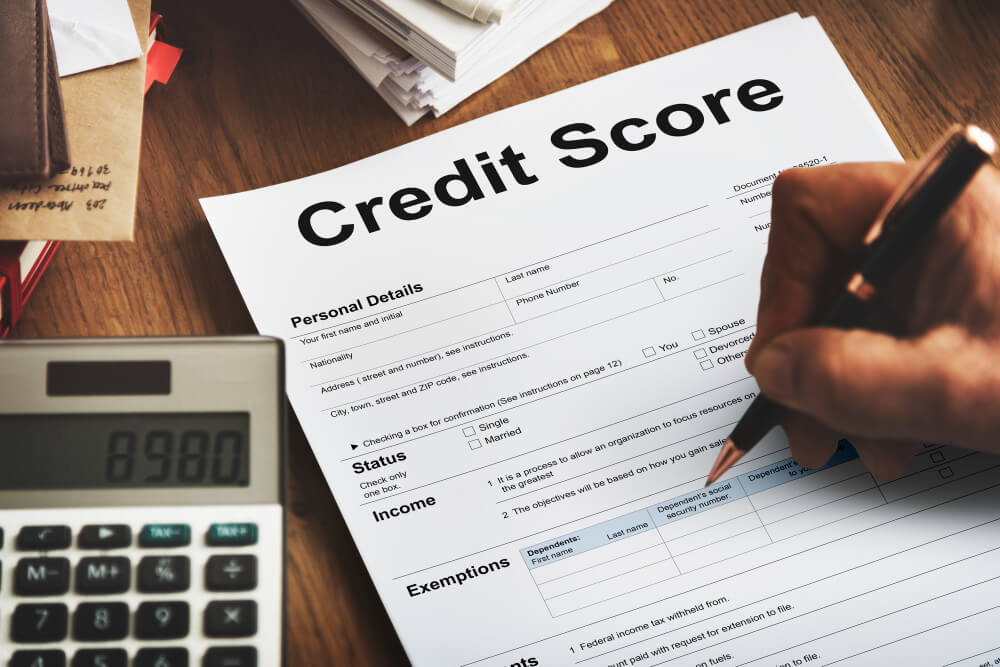When exploring the world of credit scores, it’s essential to understand the nuances between different types of credit scores, such as catalogue credit scores and traditional credit scores.
This comprehensive guide will delve into these differences, providing clarity on common questions and concerns, and offering practical tips to manage and improve both types of scores.

Common Questions and Concerns
- What is a catalogue credit score?
- How does it impact my overall credit rating?
- Why is it different from a traditional credit score?
- Can it affect my ability to get loans or mortgages?
- How can I improve my catalogue credit score?
What is a Catalogue Credit Score?
A catalogue credit score is a specialized credit rating used by companies that offer credit through catalogues.
These companies sell products directly to consumers, often providing the option to buy now and pay later.
Your catalogue credit score reflects how well you manage this specific type of credit.
How Catalogue Credit Works
Catalogue companies allow you to purchase items on credit, typically with a set repayment schedule.
This can include regular installment payments or deferred payments with interest.
The catalogue credit score is calculated based on your repayment history, outstanding balances, and overall credit behavior within these specific accounts.
How Does a Catalogue Credit Score Impact Your Overall Credit Rating?
While a catalogue credit score is focused on your interactions with catalogue credit accounts, it can influence your overall credit rating.
Lenders may review your catalogue credit history as part of your credit profile, especially if you’re applying for additional catalogue credit or other forms of credit where your spending habits and repayment reliability are relevant.
Key Factors
- Payment History: Consistently making on-time payments on your catalogue credit can positively impact your credit rating.
- Credit Utilization: Keeping your balances low relative to your credit limit on catalogue accounts is beneficial.
- Account Age: Older, well-managed catalogue credit accounts can enhance your credit profile.
How Catalogue Credit Scores Differ from Traditional Credit Scores
Traditional credit scores, like those from FICO or VantageScore, encompass a broader range of credit accounts, including credit cards, loans, and mortgages.
They provide a comprehensive view of your overall creditworthiness.
Catalogue credit scores, on the other hand, focus solely on your history with catalogue credit.
Detailed Comparison
- Credit Source:
- Traditional Credit Scores: Include data from a wide range of credit accounts.
- Catalogue Credit Scores: Limited to catalogue credit accounts.
- Usage and Payment:
- Traditional Credit Scores: Assess your management of revolving and installment credit.
- Catalogue Credit Scores: Evaluate your specific handling of catalogue credit payments and purchases.
- Impact on Credit Report:
- Traditional Credit Scores: Heavily weighted by lenders for major loans.
- Catalogue Credit Scores: Often secondary but still influential for specific types of credit applications.
Relatable Example
Let’s consider Sarah, a busy mom who prefers shopping from home. Sarah frequently buys clothes and household items from catalogues, using the catalogue’s credit option to spread out her payments.
Because Sarah consistently makes her payments on time, her catalogue credit score is excellent. However, she’s unsure how this affects her chances of getting a mortgage.
Sarah’s traditional credit score, which includes her credit card and car loan history, is also strong.
When she applies for a mortgage, the lender looks primarily at her traditional credit score but notes her positive history with catalogue credit as an additional factor.
Improving Your Catalogue Credit Score
Improving your catalogue credit score involves similar strategies to those used for traditional credit scores.
Here are some practical tips:
- Pay on Time: Timely payments are crucial. Set reminders or automate payments to avoid missed due dates.
- Manage Your Balance: Keep your balance low relative to your credit limit. High balances can negatively impact your score.
- Limit New Applications: Each new credit application can cause a slight dip in your score. Only open new catalogue accounts when necessary.
- Monitor Your Credit Report: Regularly check your credit report to ensure all information is accurate. Dispute any errors that could be dragging down your score.
- Use Credit Wisely: Only use catalogue credit when you can manage the payments comfortably within your budget.
Engage with Your Audience
Building a community around your content can enhance reader interaction and boost your SEO efforts.
Here are some ways to engage with your audience:
- Ask Questions: Have you checked your catalogue credit score recently? How does it compare to your traditional credit score?
- Invite Comments: Share your experiences with catalogue credit – have you found it easy to manage?
- Social Shares: Encourage readers to share this guide on social media, helping others understand the nuances of different credit scores.

Reader Interaction Ideas
- Discussion Threads: Create forums or comment sections where readers can ask questions and share tips on managing credit scores.
- Polls and Surveys: Use polls to gather data on readers’ experiences with catalogue credit.
- Interactive Quizzes: Develop quizzes that help readers assess their understanding of credit scores and offer personalized tips based on their answers.
Keeping Your Content Fresh
Regular updates to your content signal to search engines that your site is relevant and valuable.
Here’s how to keep your guide up-to-date:
- Update Statistics: Refresh any statistics or data points to reflect the latest information.
- Add New Tips: Include new strategies and insights for managing credit scores.
- Monitor Trends: Stay informed about changes in credit scoring models and industry trends.
Updating Tips
- Regular Reviews: Schedule periodic reviews of your content to ensure accuracy and relevance.
- User Feedback: Encourage readers to provide feedback and suggestions for improvement.
Conclusion
Understanding the differences between catalogue credit scores and traditional credit scores is crucial for managing your overall credit health.
By addressing common questions, using relatable examples, and providing practical tips, you can create an engaging and informative guide.
Remember to avoid jargon, keep the tone friendly, and make the content easy to navigate with headings, lists, and visuals.
Engaging with your audience and keeping your content up-to-date will ensure your guide remains valuable and relevant.
By following these guidelines, you can help your readers navigate the complexities of credit scores and empower them to make informed financial decisions.
Frequently Asked Questions
What is a catalogue credit score?
A catalogue credit score is a specialized credit score used by catalogue and mail order companies to assess creditworthiness for their products.
Unlike traditional credit scores that look at overall credit history, catalogue scores focus specifically on a customer’s history with catalogue purchases and payments.
How does a catalogue credit score differ from a traditional credit score?
The key differences are:
- Data sources: Catalogue scores use more limited data, primarily from catalogue/mail order accounts, while traditional scores use broader credit history.
- Score range: Catalogue scores often use a different numerical range than the standard 300-850 FICO score range.
- Factors considered: Catalogue scores heavily weight catalogue-specific factors like order frequency and payment timeliness, whereas traditional scores consider a wider range of credit behaviors.
What factors influence a catalogue credit score?
Catalogue credit scores typically consider:
- Payment history on catalogue accounts
- Number and frequency of catalogue orders
- Total outstanding catalogue balances
- Length of catalogue credit history
- Recent catalogue credit applications
Traditional scores, in contrast, look at a broader range of credit accounts and behaviors.
Are catalogue credit scores as important as traditional credit scores?
While catalogue scores are important for obtaining catalogue credit, they are not as widely used or influential as traditional credit scores.
Traditional scores like FICO are used by a much broader range of lenders for various types of credit decisions.
Can a good catalogue credit score help improve a traditional credit score?
While a good catalogue credit score doesn’t directly impact traditional credit scores, responsible use of catalogue credit can indirectly help.
Timely payments and responsible credit utilization on catalogue accounts can positively influence the factors that make up traditional credit scores, potentially leading to score improvements over time.